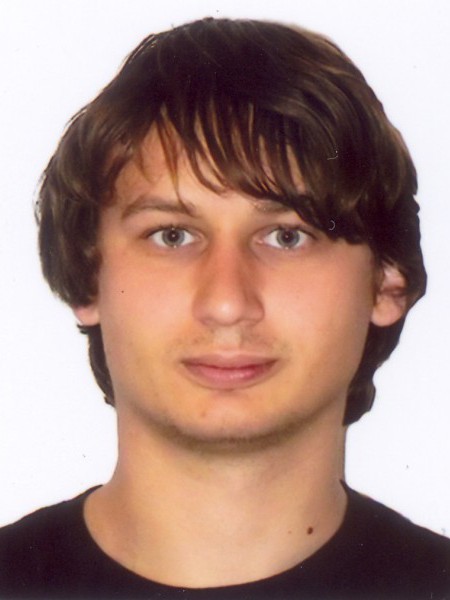resumo
Four voltage-controlled plasma electrolytic oxidation (PEO) coatings were developed on AA2024 aluminum alloy at 350 V, 400 V, 450 V and 500 V. Zn-Al LDH layer was in situ grown and loaded with corrosion inhibitor (vanadate) on the coatings to provide active protection to the PEO layers. The structure, morphology and composition of PEO coatings without and with LDH-NO3 and LDH-VOx were investigated using SEM, EDS, XRD and GDOES. Coatings formed at higher voltages (thicker and more stable) reveal a decrease of LDH flakes on the surface. The corrosion behavior and the effectiveness of LDH formation and inhibitor intercalation were also studied. Electrochemical impedance spectroscopy and scanning vibrating electrode techniques have shown a remarkable increase in the corrosion resistance of the LDH-inhibitor treated sample in comparison with PEO coated AA2024 specimen. (C) 2017 Elsevier Ltd. All rights reserved.
palavras-chave
PLASMA ELECTROLYTIC OXIDATION; SELF-HEALING COATINGS; AM50 MAGNESIUM ALLOY; ALUMINUM-ALLOYS; CORROSION PROTECTION; CURRENT-DENSITY; THIN-FILMS; MG ALLOY; INHIBITORS; MICROSTRUCTURE
categoria
Materials Science
autores
Mohedano, M; Serdechnova, M; Starykevich, M; Karpushenkov, S; Bouali, AC; Ferreira, MGS; Zheludkevich, ML
nossos autores
Projectos
MULTI-functional metallic SURFaces via active Layered Double Hydroxide treatments (MULTISURF)
agradecimentos
This work was partially supported by MULTISURF (Marie Sklodowska-Curie grant agreement No 645676) European project. MM is grateful to the Alexander von Humboldt Foundation (Germany) and to the MICINN (Spain) for financial support via and Juan de la Cierva Programme (IJCI-2014-19117) and"Proyecto Retos Jovenes Investigadores (MAT2015-73355-JIN). This work was developed within the scope of the project CICECO-Aveiro Institute of Materials, POCI-01-0145-FEDER-007679 (FCT Ref. UID/CTM/50011/2013), financed by national funds through the FCT/MEC and when appropriate co-financed by FEDER under the PT2020 Partnership Agreement. The technical support of Mr. U. Burmester and Mr. V. Heitmann during the course of this work is gratefully acknowledged.





